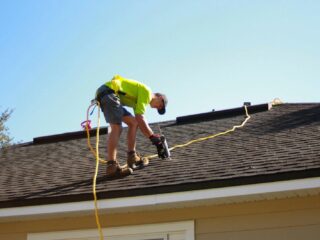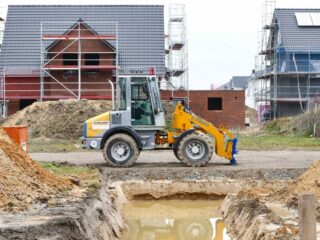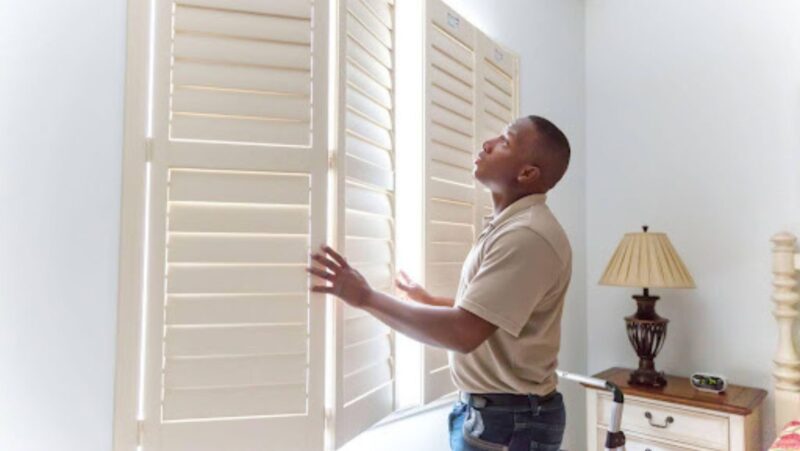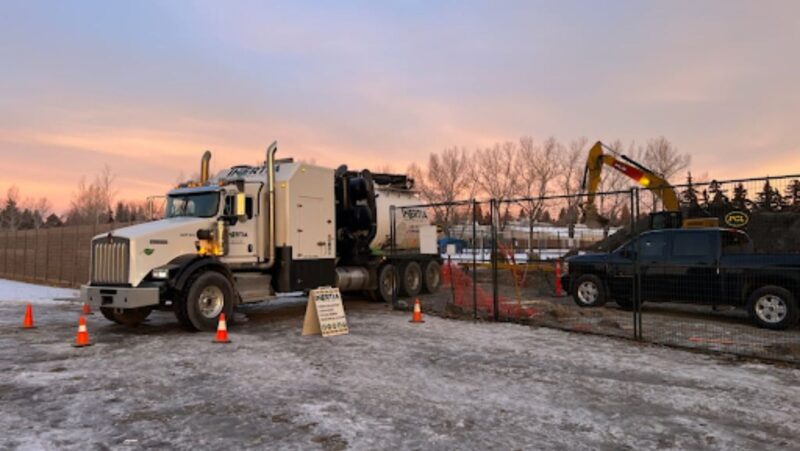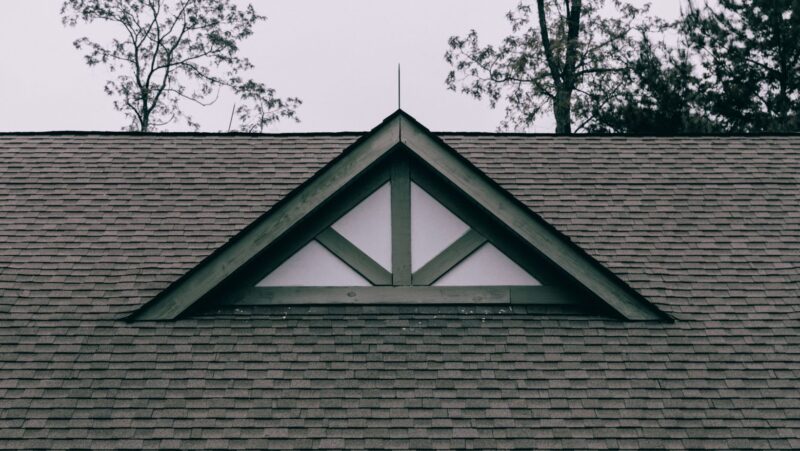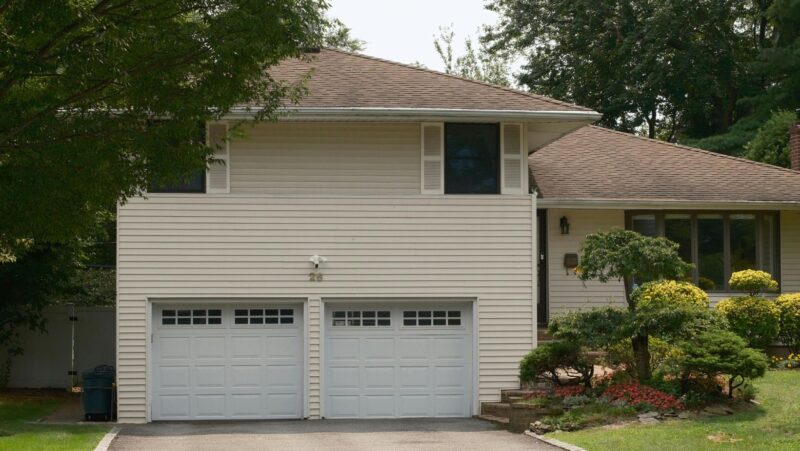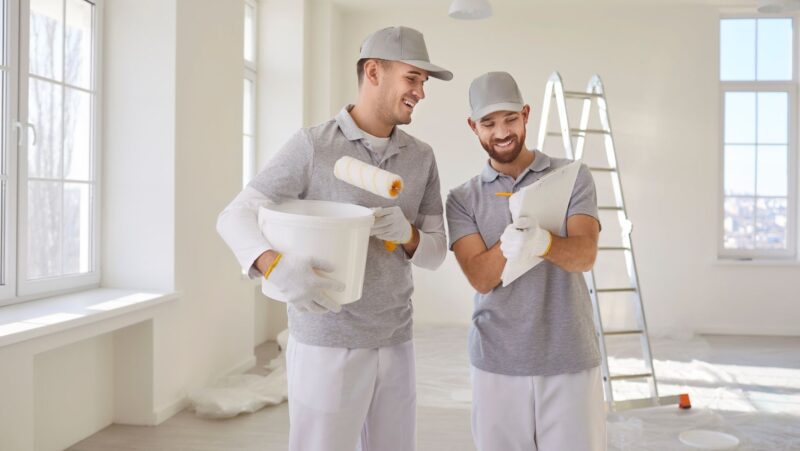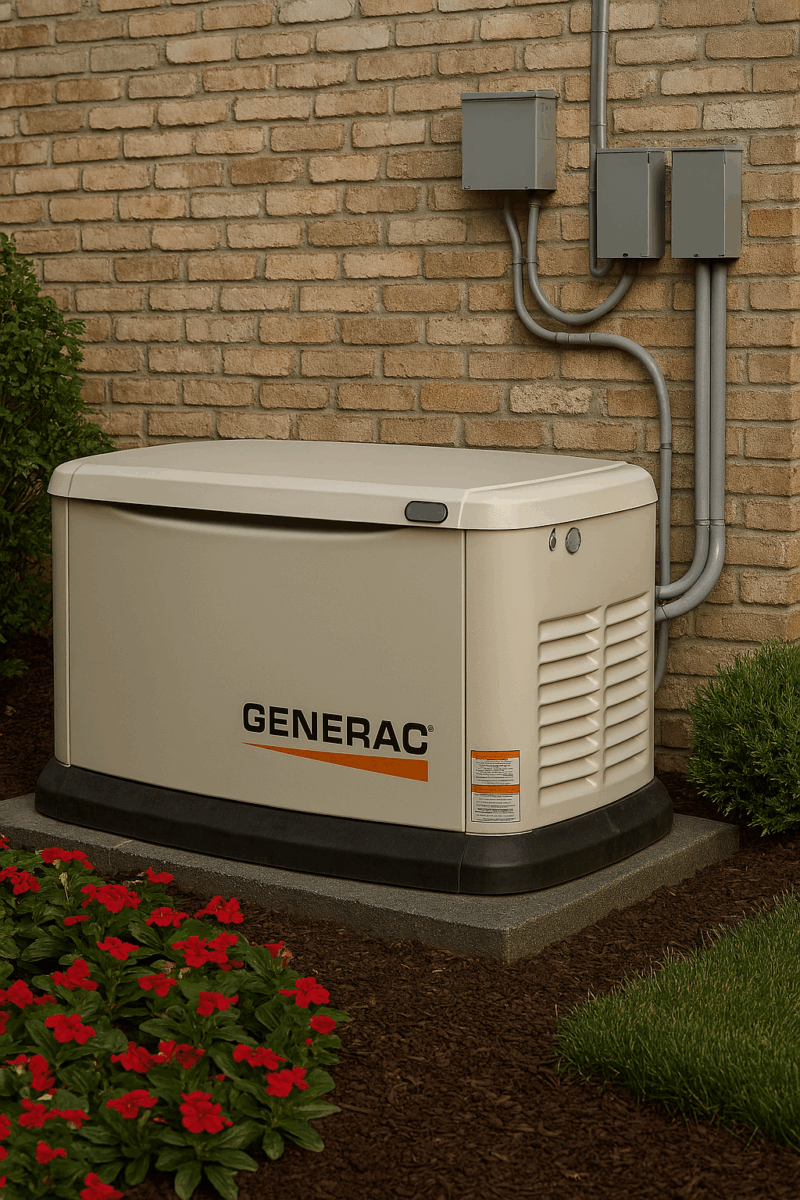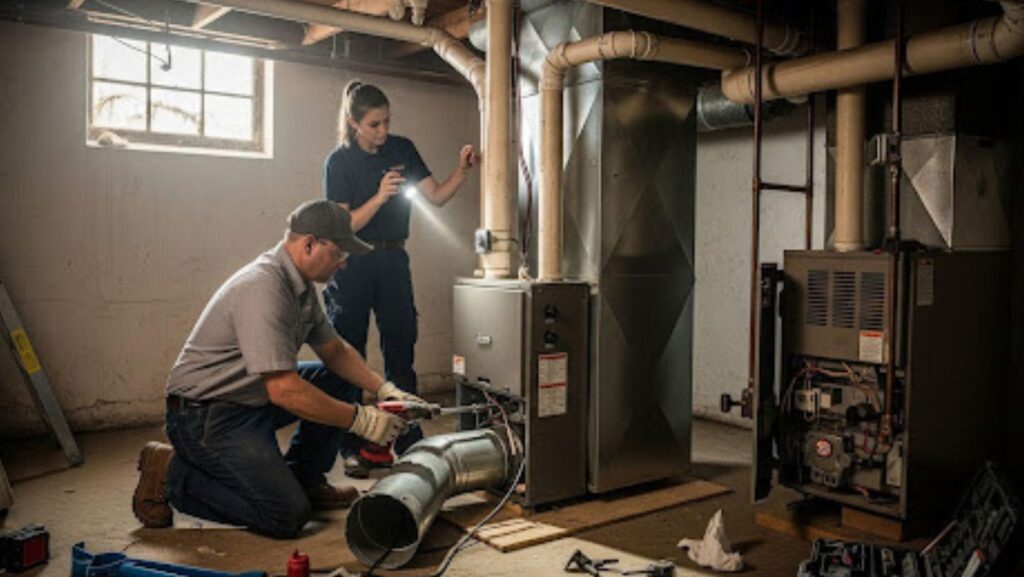
Is your furnace approaching the end of its lifespan? It’s time to start shopping for a replacement. For optimal safety and efficiency, it’s important to replace your furnace every 15 years.
A smooth installation process is essential to the longevity, safety, and functionality of your new furnace. This isn’t a DIY project, but you should understand the ins and outs of furnace replacement to prepare your home for installation.
Get Your Home Ready for Installation
Preparing your home for a furnace installation can help prevent any disruptions in the process, like structural issues and lighting problems that can get in the way. It’s always best to schedule an inspection to ensure your home is ready for installation. For example, you may learn that you need a new position for your furnace.
Research companies ahead of time to understand complete project timelines. Study resources from Heart’s furnace install service to understand the signs of a broken furnace and how to get an installation estimate. You can also learn more about the best furnace replacement model.
Make sure there’s enough space around the furnace area. Technicians need plenty of room to remove the old furnace before installing the new one. Make a clear pathway from the entrance to the furnace, removing any furniture or storage items; avoid narrow pathways if possible.
Assess Your Home’s Ductwork
Furnaces require proper ductwork to function.
A technician can assess the state of your ductwork during an inspection. They’ll check for leaks, damages, or any system inefficiencies. You may need ductwork repair, upgrades, or a duct replacement before a technician can proceed with the installation.
Pre-Installation Logistics
After an inspection, discuss important furnace installation logistics with your HVAC technician. An HVAC professional will be happy to provide all details, including:
- Fuel sources for furnaces (propane, natural gas, or oil)
- The right furnace size for your space
- Heating capacity
- Efficiency level AFUE ratings

Ask about the right furnace model (and size) for your home and budget. Installing the wrong size furnace can actually shorten the lifespan of your furnace and negatively impact its functionality.
A reputable HVAC technician should have all the proper permit requirements, licensing, and insurance. However, don’t hesitate to ask before the project. These are important points to consider when choosing the right HVAC contractor.
The Day of the Furnace Installation
Inform everyone in the household about the upcoming furnace installation. For example, if you’re replacing a furnace in winter, expect the heat to be shut off during the installation. That’s why it’s best to get these types of projects out of the way in Spring.
Prioritize safety during the installation. Since technicians will be walking in and out of the house, hauling equipment, you’ll want to keep pets secure in a room. Keep all breakable valuables away from the work zone. Technicians will cover your floors during the installation, so you don’t have to worry about floor damage; however, you can always keep some on hand just in case.
During the Installation
Before installing a new furnace, HVAC technicians must disconnect the old furnace from the main gas and electrical lines. After removal, they’ll need to clean up the space, ensuring there are no safety hazards before installing the new model.
The installation process can take a few hours to a full day. Preparing your home can help shorten the process, especially when you clear obstacles out of the way.
After the installation, technicians will stay to conduct tests, ensuring your new furnace is working perfectly. You’ll receive a confirmation and a detailed explanation of your new furnace’s features. Keep your furnace manual on hand, including contact numbers for any future repairs.
Start Planning Your Installation
Good planning is key to an obstacle-free furnace installation. Assess your space and research furnace installation thoroughly before creating a shortlist of technicians for quotes. Make sure your home is completely ready for installation, from ductwork to wiring.
Start now to ensure our furnace is ready for the winter season!





